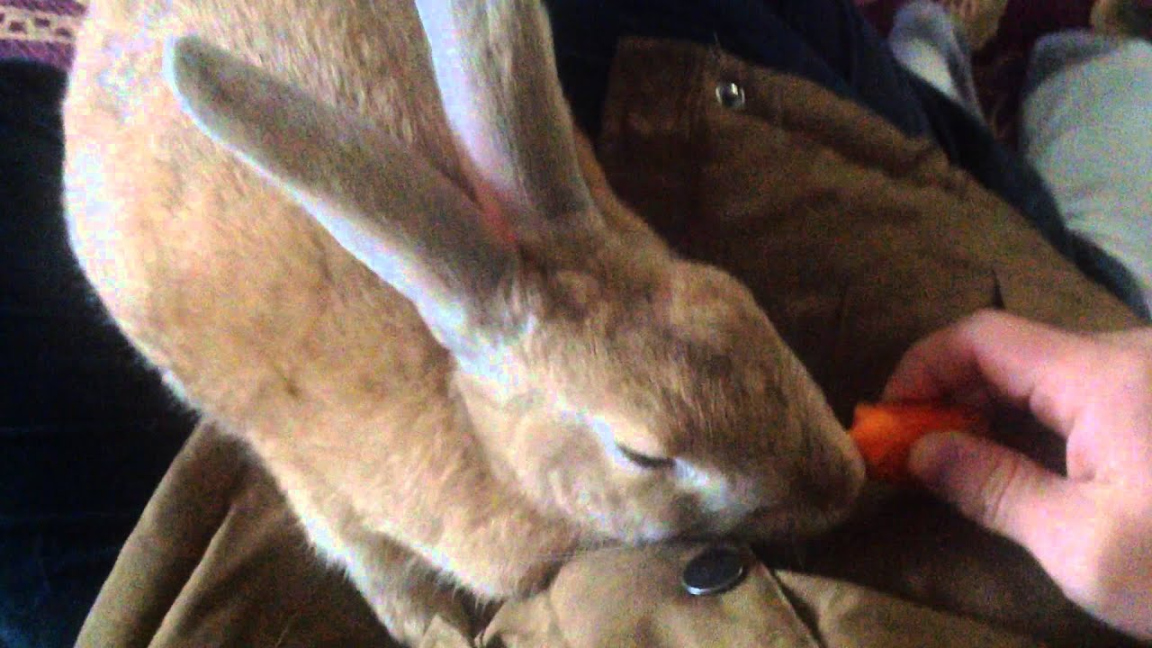Can You Tame a Wild Rabbit?
Wild rabbits are known for their skittish and elusive nature, making them seem untameable. However, with patience, dedication, and the right approach, it is possible to tame a wild rabbit. Taming wild rabbits requires understanding their natural instincts, building trust, and providing a safe and comfortable environment for them to adapt to domestication. In this article, we will explore the process of taming a wild rabbit and provide helpful tips and techniques.

Understanding Wild Rabbit Behavior
Before attempting to tame a wild rabbit, it is crucial to understand its behavior and instincts. Wild rabbits are prey animals and have a strong instinct to avoid anything that poses a potential threat. They are naturally cautious and tend to rely on their keen senses to detect any signs of danger. This innate behavior can make them incredibly skittish and difficult to approach.
Wild rabbits are also known for their strong flight response. When faced with a perceived threat, they will instinctively flee to find safety. This response is deeply ingrained in their survival instincts and can make taming a wild rabbit a challenging task. However, with proper techniques and patience, it is possible to overcome these instincts and develop a bond with a wild rabbit.
Building Trust with a Wild Rabbit
Building trust is the foundation of taming a wild rabbit. This process requires time, consistency, and a calm approach. Below are some tips to help you build trust with a wild rabbit:
- Create a safe environment: Set up a quiet and secure space for the rabbit where they can feel safe. This can be a large pen or a dedicated room.
- Provide hiding spots: Wild rabbits feel more secure when they have hiding spots to retreat to. Place small boxes or tunnels in their enclosure to give them a sense of safety.
- Offer food and water: Regularly provide fresh food and water to the rabbit, ensuring they associate your presence with positive experiences.
- Speak softly and move slowly: Loud noises and sudden movements can startle a wild rabbit. Speak softly and move slowly around them to avoid triggering their flight response.
- Use positive reinforcement: Reward the rabbit with treats and gentle strokes when they exhibit calm behavior or approach you willingly.
Techniques for Taming a Wild Rabbit
While building trust is essential, there are specific techniques that can help speed up the taming process:
- Bonding through feeding: Hand-feed the rabbit their favorite treats, gradually moving your hand closer to them each time. This helps them associate your hand with positive experiences and creates a bond.
- Slowly introduce touch: Once the rabbit seems comfortable with your presence, start introducing gentle strokes on their back. Start from their head and move towards their tail, as this is the direction their fur naturally lies.
- Establish a routine: Rabbits thrive on routine, so establish a consistent feeding and playtime schedule. This helps them feel secure and allows them to develop trust in you.
- Provide toys and mental stimulation: Engage the rabbit with toys and activities that stimulate their natural instincts. This helps prevent boredom and allows them to associate positive experiences with your presence.
- Consider neutering or spaying: Unaltered rabbits can exhibit more aggressive behaviors. Neutering or spaying can help reduce hormonal influences and make the taming process easier.
Remember, every wild rabbit is different, and the taming process may take varying amounts of time depending on their personality and past experiences. Patience and consistency are key.
Frequently Asked Questions (FAQs)
1. Can you tame any wild rabbit?
While it is possible to tame wild rabbits, not all individuals will be receptive to domestication. Some wild rabbits may have had negative experiences with humans or have highly ingrained flight responses, making taming a more challenging process.
2. How long does it take to tame a wild rabbit?
The time it takes to tame a wild rabbit can vary significantly depending on the rabbit’s personality, past experiences, and the time and effort put into the taming process. It can take anywhere from a few weeks to several months to establish a trusting relationship with a wild rabbit.
3. Can you keep a tamed wild rabbit as a pet?
Yes, once a wild rabbit is tamed and has developed a bond with its caregiver, it can be kept as a pet. However, it is important to provide them with a suitable living environment, proper nutrition, and regular veterinary care to ensure their well-being.
4. Are there any risks involved in taming wild rabbits?
While taming wild rabbits can be a rewarding experience, there are potential risks involved. Wild rabbits may bite or scratch if they feel threatened or frightened. Additionally, they can carry diseases and parasites, so it is important to take proper precautions and consult with a veterinarian to ensure the rabbit’s health and safety.
In conclusion, taming a wild rabbit requires patience, understanding, and a gentle approach. By building trust, providing a secure environment, and using specific techniques, it is possible to develop a bond with a wild rabbit. Remember to always prioritize the rabbit’s well-being and consult with a veterinarian for any concerns or questions throughout the taming process.
Related Articles…
Copyright Notice:
Images displayed on this website are not our property, but are procured from the internet. If you hold copyrights to any image and wish for its removal, please get in touch with us.